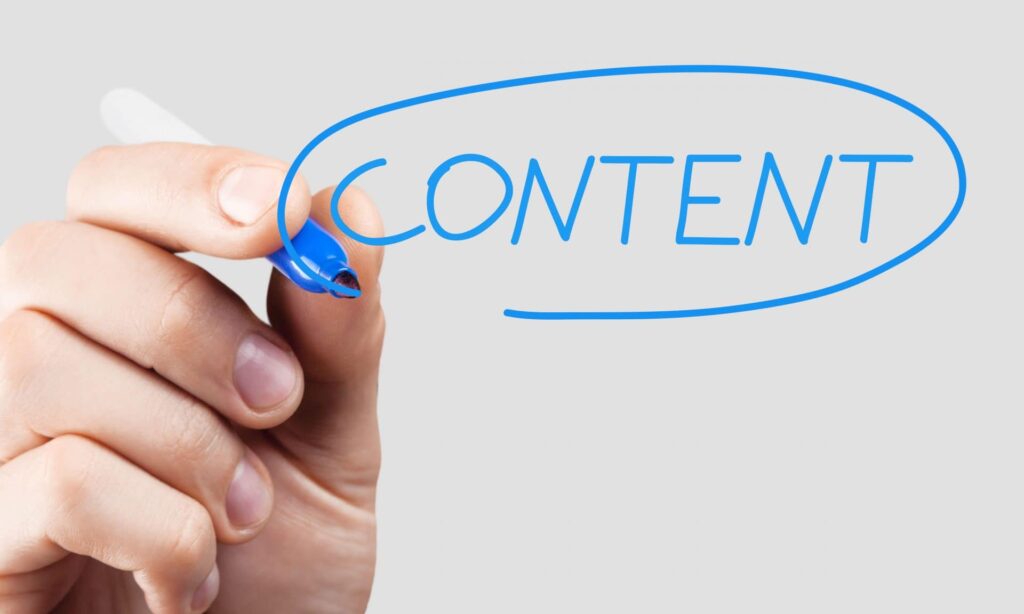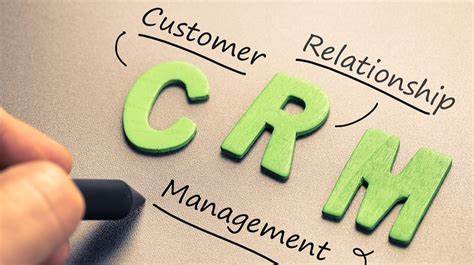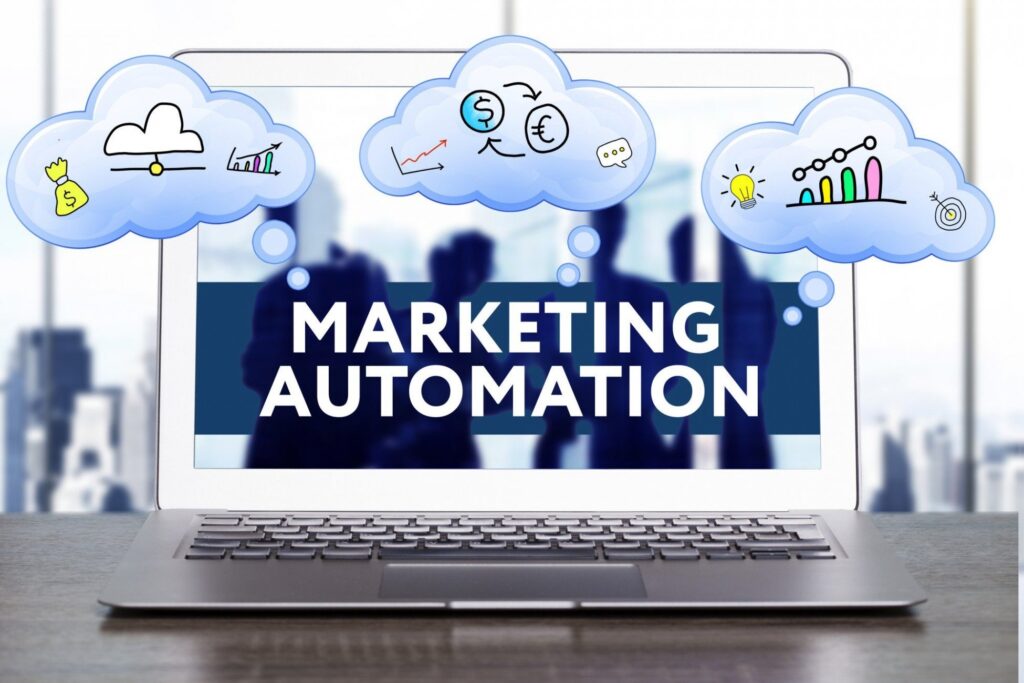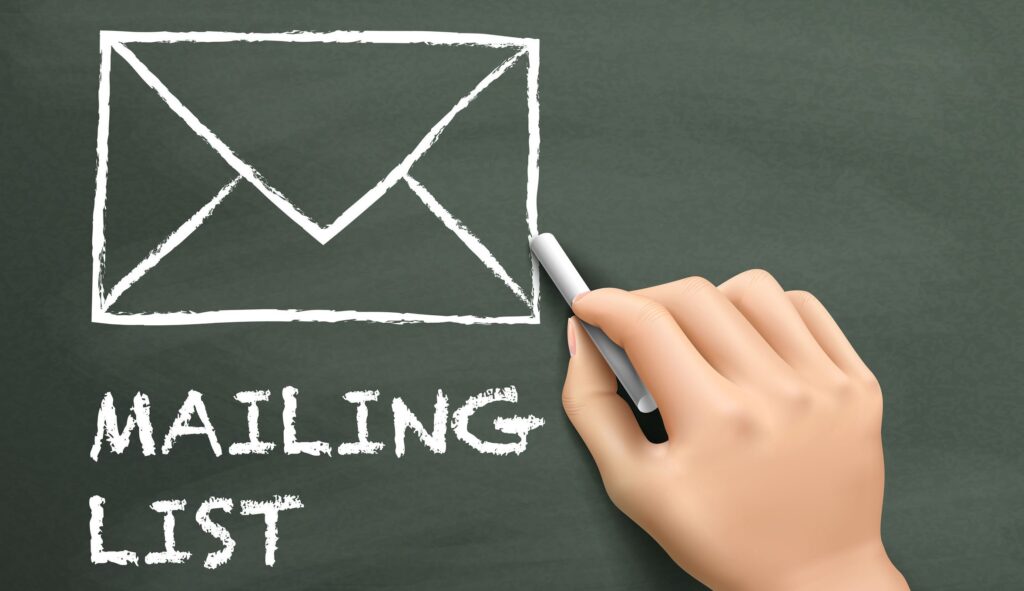
Your About page is one of the most important pages on your website, and it should be treated as such. The ‘About Us’ page on a company’s website is the first thing that 52 percent of consumers want to see when they visit the site.
When it comes to your website, you would think that writing your About page would be the most straightforward task. After all, everything revolves around you!
The problem is that it is frequently given far less attention than the rest of the site, resulting in a missed opportunity to establish a strong connection with your audience.
Here’s how to write a about page that will leave a lasting impression on your visitors.
Do not forget who you’re talking to
Yes, the information on the About page is about you. Nevertheless, just as in everyday interactions, if you make everything about you, people will quickly lose interest in what you have to say and will move on. Begin by considering why your target audience might be interested in you, and then structure your About page around that consideration. Consider:
- What could be the reason for a potential customer to visit your website?
- What challenges and problems might they be facing at the present time?
- How can you assist them in overcoming their difficulties?
- Tell them why they should choose you over your competitors
Write in simple, straightforward language
If you want to establish a personal connection with your audience, avoid using off-putting jargon or obscure industry terms in your writing. Your About page should be written in a conversational, engaging style that is both easy to read and entertaining to browse through. Not sure if you’re conveying your message in the right way? Read it aloud to yourself. It’s also a good idea to have someone outside your industry review it to ensure that it’s user-friendly and straightforward.
Tell a story
People are fascinated by stories, and they are more likely to trust your company and brand if they can relate to your narrative. Highlight the most important events in your company’s history while emphasizing interesting details that will resonate with your target audience. Consider the following scenarios to get you into storytelling mode:
- How and where the concept for your business or product was conceived.
- What obstacles did the founder(s) have to overcome in order to be successful?
- Can you tell me about any significant achievements you have had?
Be Sincere
Don’t use your About page to try to make yourself appear to be someone or something you are not. If you’re a small business looking to expand, let people know. If you have recently repositioned yourself and are attempting to break into a new field, please explain your decision. Concentrate on the positive aspects of the situation, but resist the temptation to embellish the truth. People are able to relate to almost anything, and they can detect dishonesty from a long distance.
Share your values
The rest of your website should explain what you do; this is the section where you can demonstrate your personality. Use your About page to inform your audience of the following:
- What is important to you as a business.
- To what standards do you hold yourself accountable?
- What is the most important thing to you?
- How your personal values influence your day-to-day business operations
Make use of facts
Do you have any data to back up the benefits you can offer your customers? This is the appropriate forum for discussing it. Concrete facts can go a long way toward building trust with potential customers, especially if they support the story you’re trying to tell them. Some compelling facts to consider are as follows:
- The number of awards you’ve received in your field
- An extremely high rate of customer retention
- A low rate of erroneous judgments
- Consecutive years as a market leader in the industry
- Participation in important industry organizations
- Certifications in the industry








